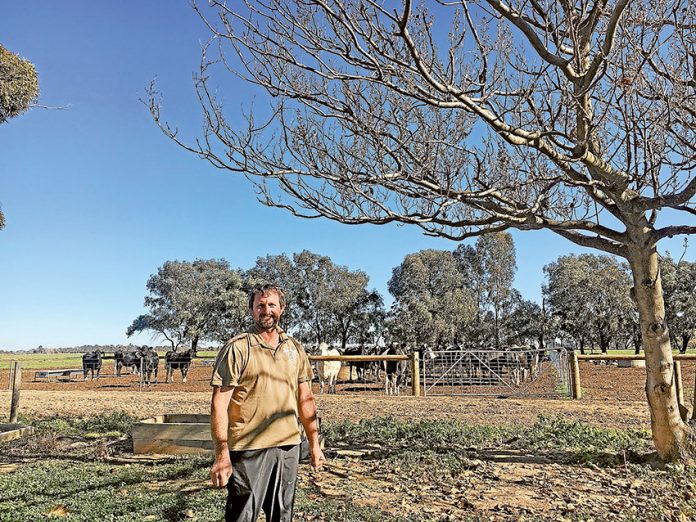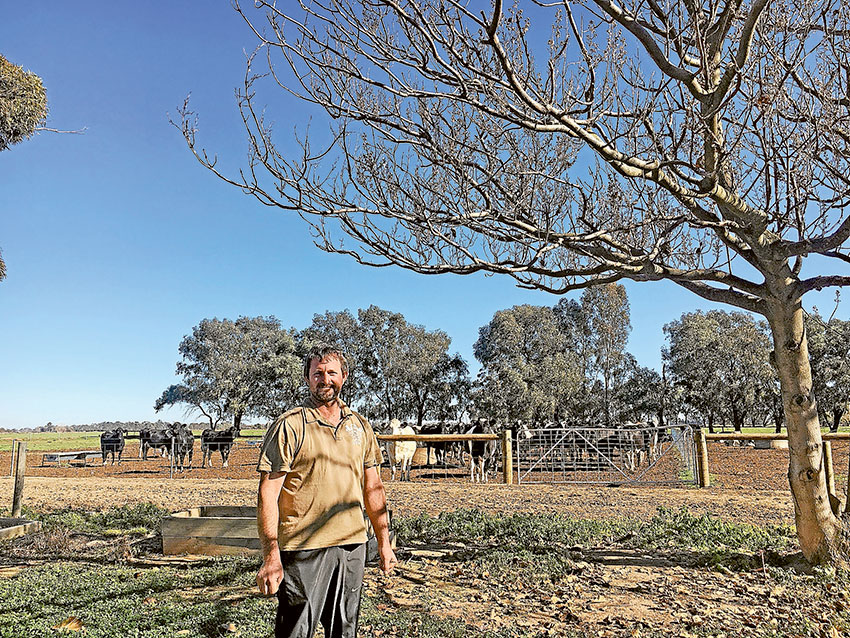

The recognition and rewards for doing a really great job as a farmer are few and far between. However, for Yarroweyah dairy farmer, Chris Hibberson, keeping his herd in top condition has had an extra reward this year.
Maintaining a low Bulk Milk Cell Count (BMCC) has a well-deserved financial reward. This year, Chris has been recognised as the best in northern Victoria at maintaining a low BMCC, winning a gold award from Dairy Australia – one of only 100 farmers recognised nationally.
Focusing on a low BMCC enables farmers to prevent mastitis occurring in their herds. Dairy Australia managing director, Dr David Nation said, “You can’t achieve an award like this without focus across the year on milk quality. For many farmers, it reflects dedication over many years to get to this level. These awards recognise the quality and safety of Australian milk that all farmers should take pride in.”
To be eligible for the award, dairy farms must have data for a minimum of nine months in a calendar year. Monthly averages are then used to calculate the annual average BMCC for each farm.
“Farmers can also access a range of resources online to improve their milk quality by visiting Dairy Australia’s website and using services like DataGene,” said Dr Nation.
Chris Hibberson and his wife Nicole purchased their flood-irrigated, 90ha Yarroweyah farm and their 220-cow mixed herd uses a 50:50 split calving pattern.
Chris Hibberson explained, “I’m finding really good teat condition is the best way to control mastitis. Identifying and treating cows when they first come in is one of my secrets to keeping a low cell count throughout the whole year.”
As a preventative measure, all cows receive dry cow treatment, which treats existing infections that were not cured during lactation and reduces the number of new infections during the dry period. For one to two months following calving, all cows are stripped weekly, and more often if heifers are prone to mastitis.
“I may treat more when they first calve, but I see the benefits later on,” Chris said.
Dairy farmers can access a range of resources to improve milk quality and prevent mastitis from Dairy Australia at www.dairyaustralia.com.au/mastitis





